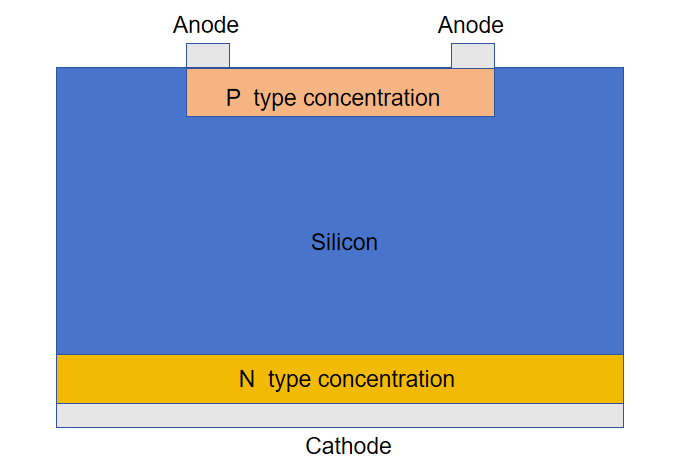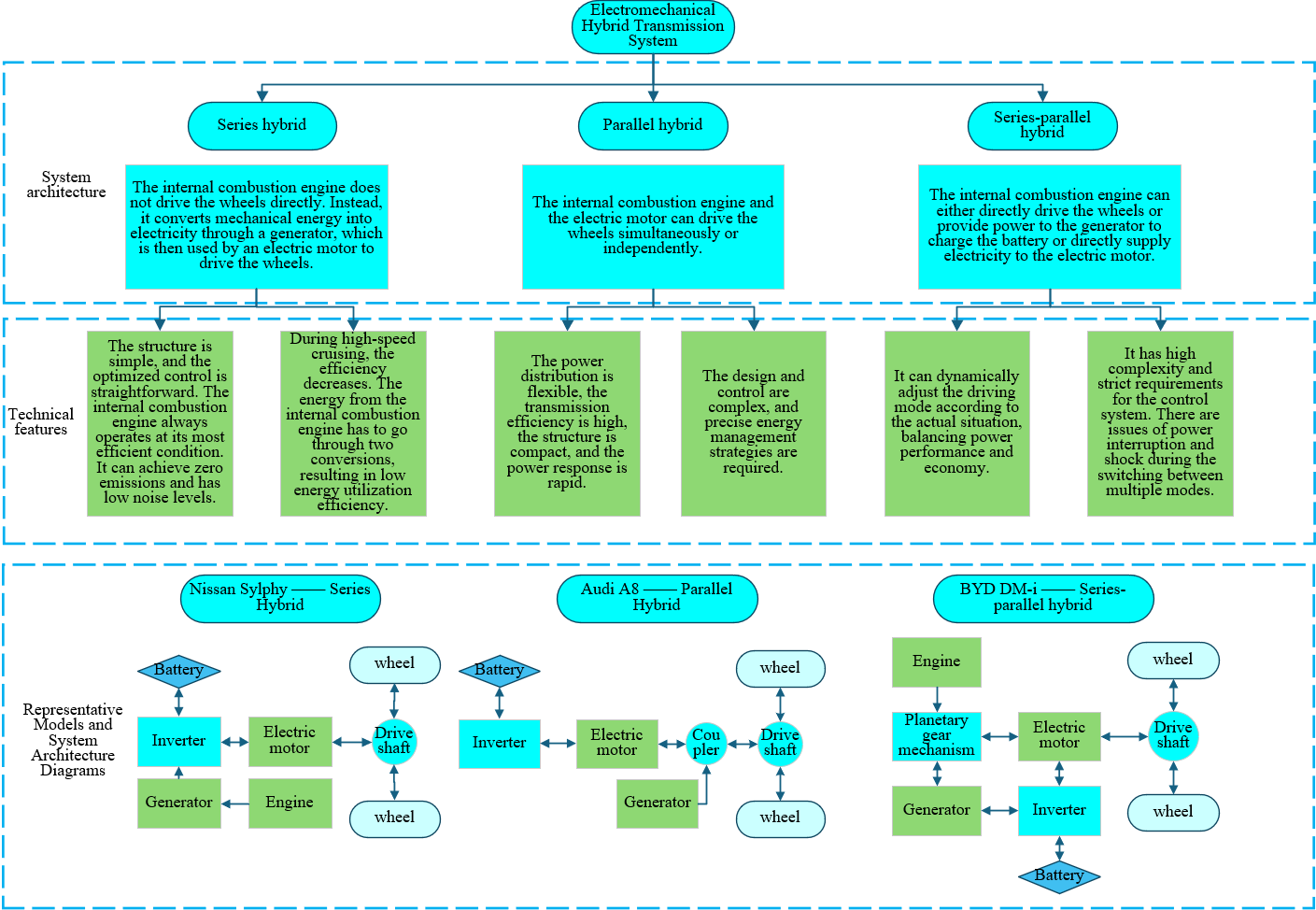

Volume 169
Published on June 2025Volume title: Proceedings of CONF-MSS 2025 Symposium: Machine Vision System

This paper introduces the design and analysis of a novel tri-layer granular jamming gripper, developed to address the performance limitations of traditional granular jamming grippers in intelligent soft robotics. While universal grippers offer adaptability and flexibility in grasping a wide range of objects, they suffer from constraints such as limited load capacity, insufficient shape adaptability, and challenges in handling smooth or irregular surfaces. The proposed tri-layer gripper introduces an intermediate airbag layer between the rigid outer shell and the granular medium, allowing enhanced conformability and grip strength through active air inflation. To evaluate the performance of the tri-layer gripper, comparative experiments were conducted against a conventional granular jamming gripper, serving as a control. The experiments included grasping tests with objects of varying shapes, sizes, surface properties, and gripping force measurements. Results demonstrate that the tri-layer gripper consistently outperforms the traditional gripper, particularly in handling smooth and irregularly shaped objects, providing a firmer and more stable grip. The airbag’s ability to increase contact area and apply lateral pressure significantly improves both load-bearing capacity and overall adaptability. Despite these advancements, current limitations include the rudimentary nature of the materials used, inefficiencies in the inflation mechanism, and constraints on size scalability. Future improvements could focus on optimizing material selection, refining manufacturing techniques, and integrating more intelligent control systems for enhanced precision and adaptability. The findings of this study contribute to the advancement of intelligent soft robotic gripping technologies, paving the way for more efficient and versatile robotic manipulation in real-world applications.

 View pdf
View pdf


This article provides a comprehensive review of the development of wearable devices in the field of healthcare. Key technologies such as sensor technology (e.g. electrochemistry, optics, etc.), micro-electro-mechanical systems (MEMS), flexible electronics, and material innovation are described in detail, power and energy management strategies, signal processing and data analysis methods are discussed. The clinical applications of wearable devices in diabetes management, cardiovascular disease monitoring and sleep monitoring are discussed, and their effectiveness and challenges are assessed. In addition, existing technical, clinical, and market challenges are analyzed, and future trends such as multimodal sensor fusion, intelligence, miniaturization, and integration with emerging technologies are predicted. Overall, this paper presents the current status of wearable devices in the field of healthcare in an all-round way, and provides ideas for subsequent research and development.

 View pdf
View pdf



This research, based on Silvaco software, aims to investigate the operational characteristics of PIN photodetectors under different lighting conditions, in particular the current response in both dark and illuminated states. The behaviour of the PIN photodetector under reverse bias is simulated, with particular emphasis on the effect of the optical wavelength on the device response. The development history of the PIN photodetector is first reviewed, followed by a detailed analysis of its basic operating principles. Using Tonyplot simulations, the current response of the PIN photodetector under various reverse bias voltages is examined, with particular emphasis on its high-impedance characteristics in the dark state. Further experiments show that the PIN detector has the best photoelectric conversion efficiency and the strongest response in the green light wavelength range around 0.5μm. Finally, the distribution of electric potential and field inside the device confirms the accuracy and efficiency of the PIN detector's operating mechanism, where light excitation generates charge carriers. This provides a theoretical basis and data support for the operation of the PIN photodetector within a specific wavelength range.

 View pdf
View pdf



With the rapid development of intelligent vehicles and the global push for carbon neutrality, Electromechanical Transmission (EMT) systems have attracted wide attention for their unique benefits. This paper provides an in-depth analysis of the three primary EMT architectures—series, parallel, and series-parallel hybrid configurations—highlighting their structural characteristics and operational principles. The study identifies key research directions focusing on enhancing energy utilization efficiency, improving drivability, and reducing system costs. Furthermore, it examines the current applications of EMT systems in intelligent vehicles, delineates the challenges encountered, and explores critical technologies such as lightweight design, hybrid power cooperative drive, and intelligent control strategies. The paper also evaluates various methodologies and algorithms employed within these technologies, assessing their respective advantages and limitations. Looking ahead, EMT systems are poised to play an increasingly pivotal role across multiple domains. However, to fully realize their potential, it is imperative to address prevailing issues related to system reliability, cost-effectiveness, and the integration of advanced intelligent control mechanisms, thereby contributing to the sustainable development of the automotive industry.

 View pdf
View pdf




